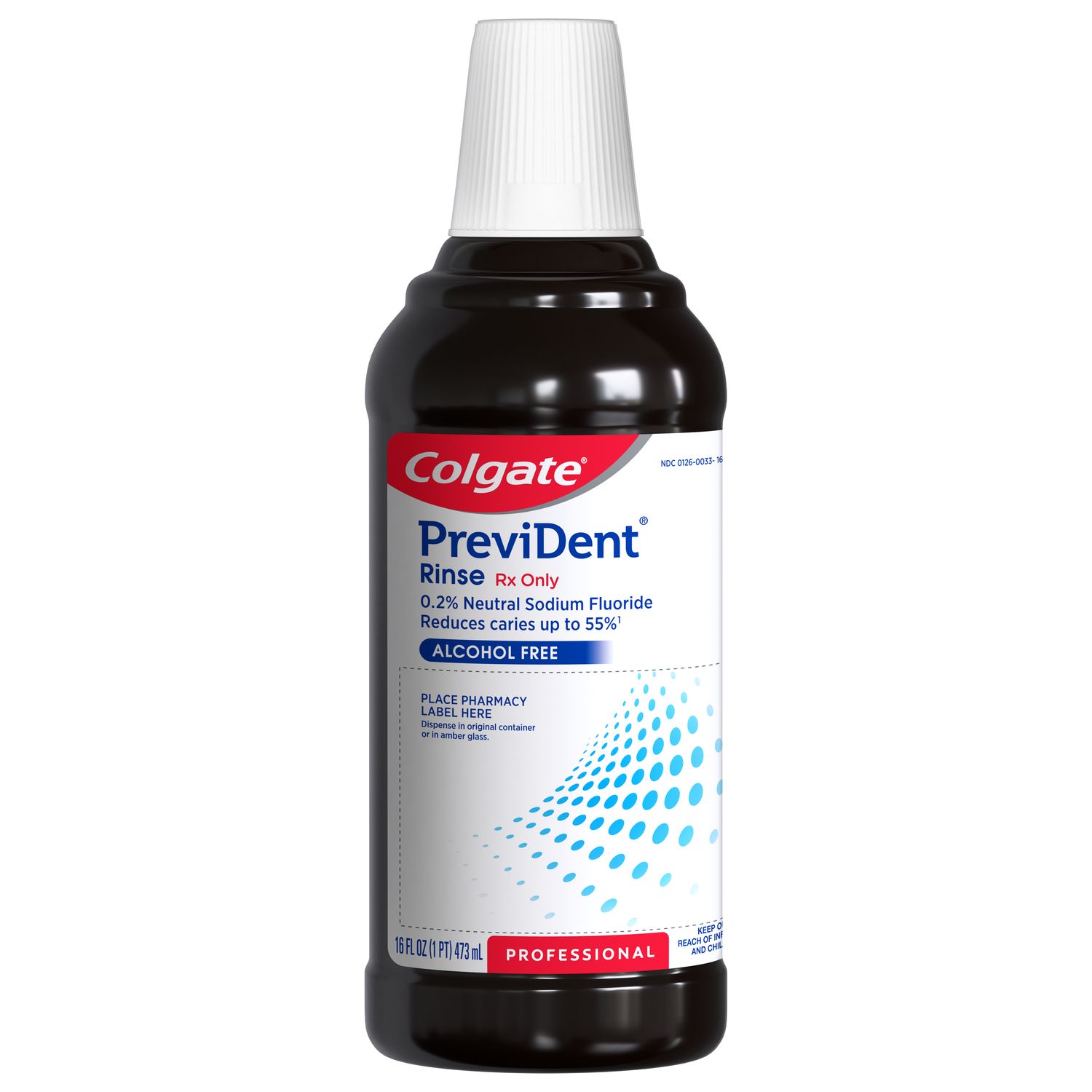
The holidays wouldn’t be quite the same without goodies like hot chocolate, pumpkin pie and candy canes. However, dental hygienists know that when our patients overindulge in these sweet festive treats, they’re at increased risk of dental caries. In this article, we’ll discuss how you can help your patients to enjoy the holiday season to the fullest without compromising their oral health.
Seasonal caries culprits
Dental caries is caused by an accumulation of biofilm. The cariogenic bacteria present metabolize sugars and other fermentable carbohydrates, creating acid that demineralizes dental hard tissues. When the rate of demineralization exceeds the remineralization capacity of the oral cavity a net loss of tooth enamel occurs.
During the holiday season, when sweet treats and carb-heavy comfort foods are in abundance, patients can unwittingly create the perfect conditions for bacteria to thrive and decay to set in. The following are just a few of the potential caries culprits your patients should be aware of:
Seasonal desserts like pumpkin pie, pecan pie, cakes and other baked goods.
Sweetened drinks like eggnog, hot chocolate, pumpkin spice lattes, and creamy alcoholic drinks.
Hard candy like candy canes, peppermints, and peanut brittle, which bathe the teeth in sugar over extended periods.
Chewy candies like toffee, caramel, and popcorn, all of which stick to the teeth and give bacteria even more time to thrive.
Dried, sticky fruits like cranberries, raisins, and figs.
Starchy dishes like mac and cheese, yams, mashed potatoes, and cornbread.
Awareness and moderation is key
Many people don’t realize just how much sugar is hiding in their favorite holiday goodies, or that fermentable carbs like yams can also contribute to dental caries. By making them aware of the examples above, you can help them stay in conscious control of their sugar and carbohydrate intake.
Of course, we want our patients to enjoy the holiday season and food and drink is at the heart of most celebrations. Rather than complete abstinence, encourage your patients to enjoy holiday treats in moderation, and direct them to our article on holiday foods for some healthier snack ideas. They can also look for sugar-free or low-sugar versions of their favorite holiday foods and drinks, and use sugar substitutes in their baking.
Advise your patients to keep sweet or starchy treats for during or just after mealtimes rather than snacking on them throughout the day, as this limits acid attacks to a shorter period. According to Mouth Healthy, the saliva produced during the meal also helps to neutralize acids.
Drinking water helps too, and it washes away food debris that might otherwise stick to teeth. Advise your patients to drink water throughout and after meals, or at least rinse with water after eating something sugary or starchy. If they’re drinking sweet or alcoholic drinks, they could also benefit from alternating with water and/or rinsing periodically.
A reminder about oral hygiene
The holidays are a great time to remind your patients about the most effective way to protect against dental caries: thorough and consistent oral hygiene. Emphasize the importance of twice-daily brushing with a fluoride toothpaste, daily interdental cleaning with floss or picks, and regular preventative check-ups.
For individuals with a high caries risk, the American Dental Association (ADA) supports the use of high-level fluorides for enhanced caries protection. These include prescription-strength home-use toothpastes like Colgate PreviDent Booster Plus which contains 5000 ppm fluoride, and in-office fluoride varnish treatments like Colgate PreviDent Varnish.
By arming your patients with the knowledge to make healthy choices and the tools to optimize their oral hygiene routine, you can help them make sure they’re still showing off a happy, healthy smile when the after the new year rolls in!
Join us
Get resources, products and helpful information to give your patients a healthier future.
Join us
Get resources, products and helpful information to give your patients a healthier future.













